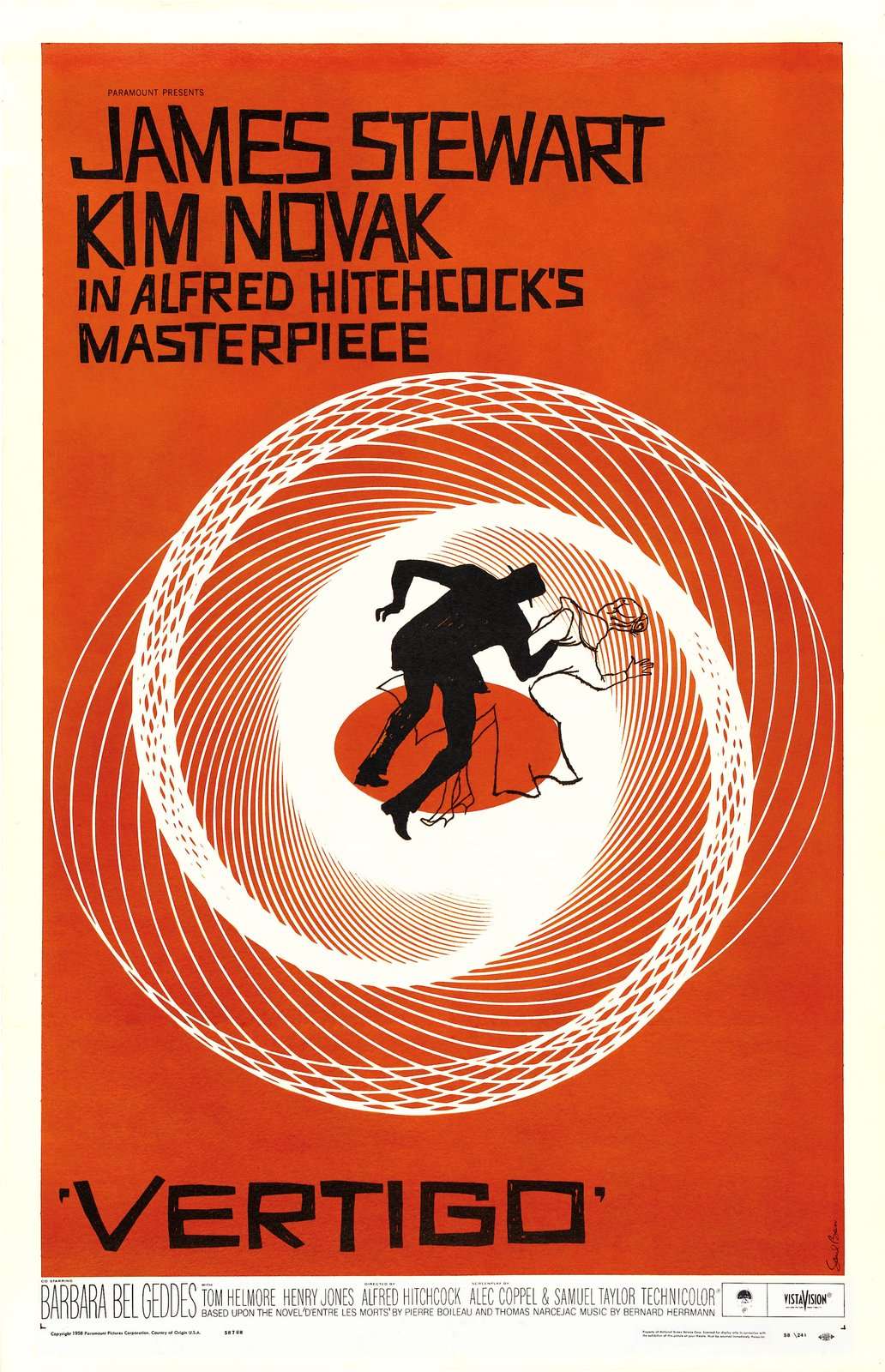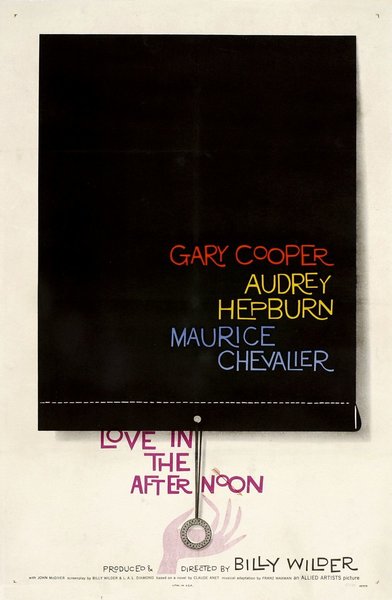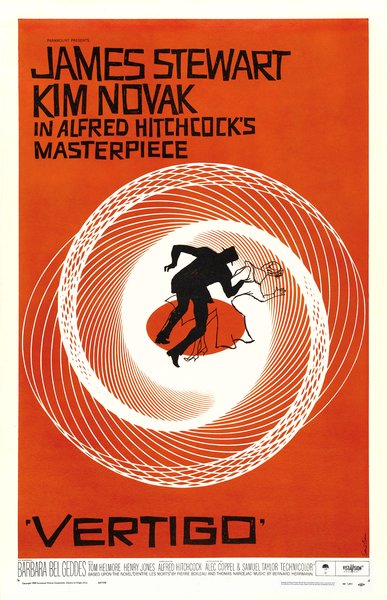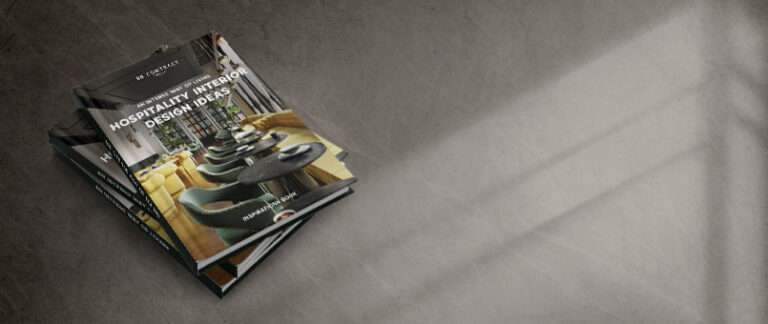Saul Bass helped define the visual culture of the 1950s—most notably through creating memorable movie posters that are still resonant today.

It might be the most memorable film poster of all time. Striking graphics, striking color contrast, and minimalism challenged everything we knew about movie marketing, making the Vertigo poster a pivotal moment in graphic design. For that, we can thank Saul Bass.
He was a filmmaker, motion picture title sequence designer, and iconic logo creator—of Girl Scouts and Kleenex logo fame—yet his midcentury film poster designs would define his legacy. From a New York, Bauhaus-influenced education to working alongside the ranks of Alfred Hitchcock, Stanley Kubrick, and Martin Scorsese, Bass boasts a 40-year oeuvre that contains films spanning from Saint Joan to The Shining.
What earned Bass his acclaim, though, was his spirited way of distilling an entire story into one, singular image. He was known for saying, “I just want to make beautiful things, even if nobody cares.” Well, we certaintly do: here, we spotlight some of his seminal works from the 1950s capturing the visually stunning intersection of cinema and design.
Anatomy of a Murder, 1959

This film pushed boundaries, and so did the art. While most film posters spotlight the stars, Bass puts the attention on the victim. His take on the 1959 courtroom drama draws parallels between the anatomy of the case and a human, symbolic of the myriad components: the characters, the legal system, ethics and morals. It’s both simple and complex—as Bass did so well. The marketing campaign comprises dozens of iterations of this double—or even triple—entendres on everything from envelopes to billboards, newspaper ads, and album covers. How many ways are there to examine this story? For Bass, plenty.
Love in the Afternoon, 1957

Movie Poster Allied Artists
Is there symbolism in the large, black void of the curtain? Or how about the delicate drape closure? Interpretations aside, this artwork for the romantic comedy Love in the Afternoon captures the brilliance of Bass’s thinking and how a pared-down palette alone can revive the thrill of watching a movie. This poster also shines a light on his font skills—the kinetic-meets-constructivism typography is a Bass signature, and makes his posters instantly recognizable.
Vertigo, 1958

Saul Bass Poster Archive
See the full story on Dwell.com: How Graphic Designer Saul Bass Revolutionized the Movie Poster
Related stories:
- Dwell 24: The Best Emerging Designers of 2019
- The Design Life: What Inspires This Year’s Dwell 24?
- Dwell 24: Wendy Andreu





